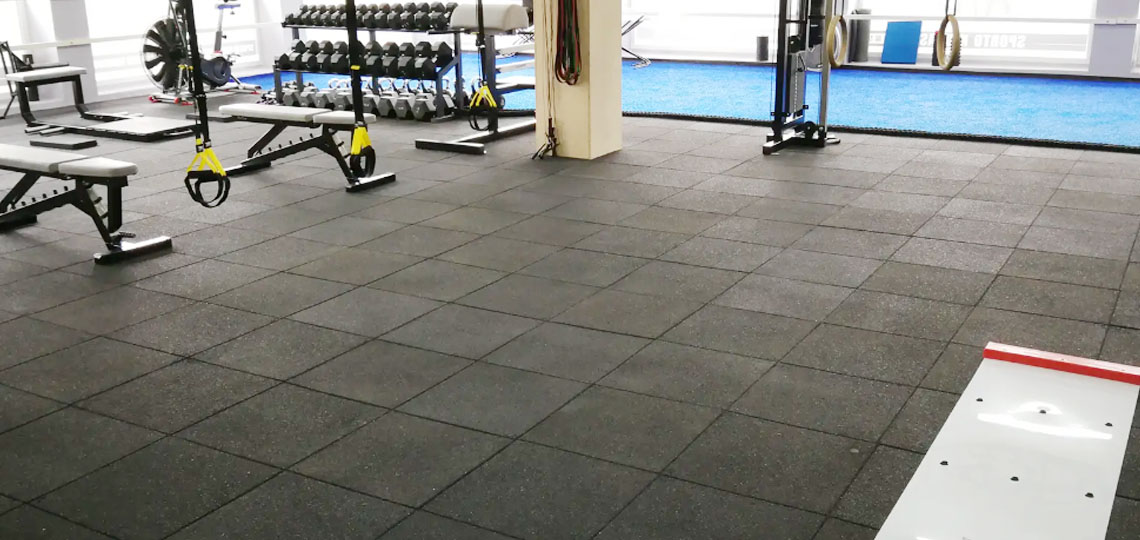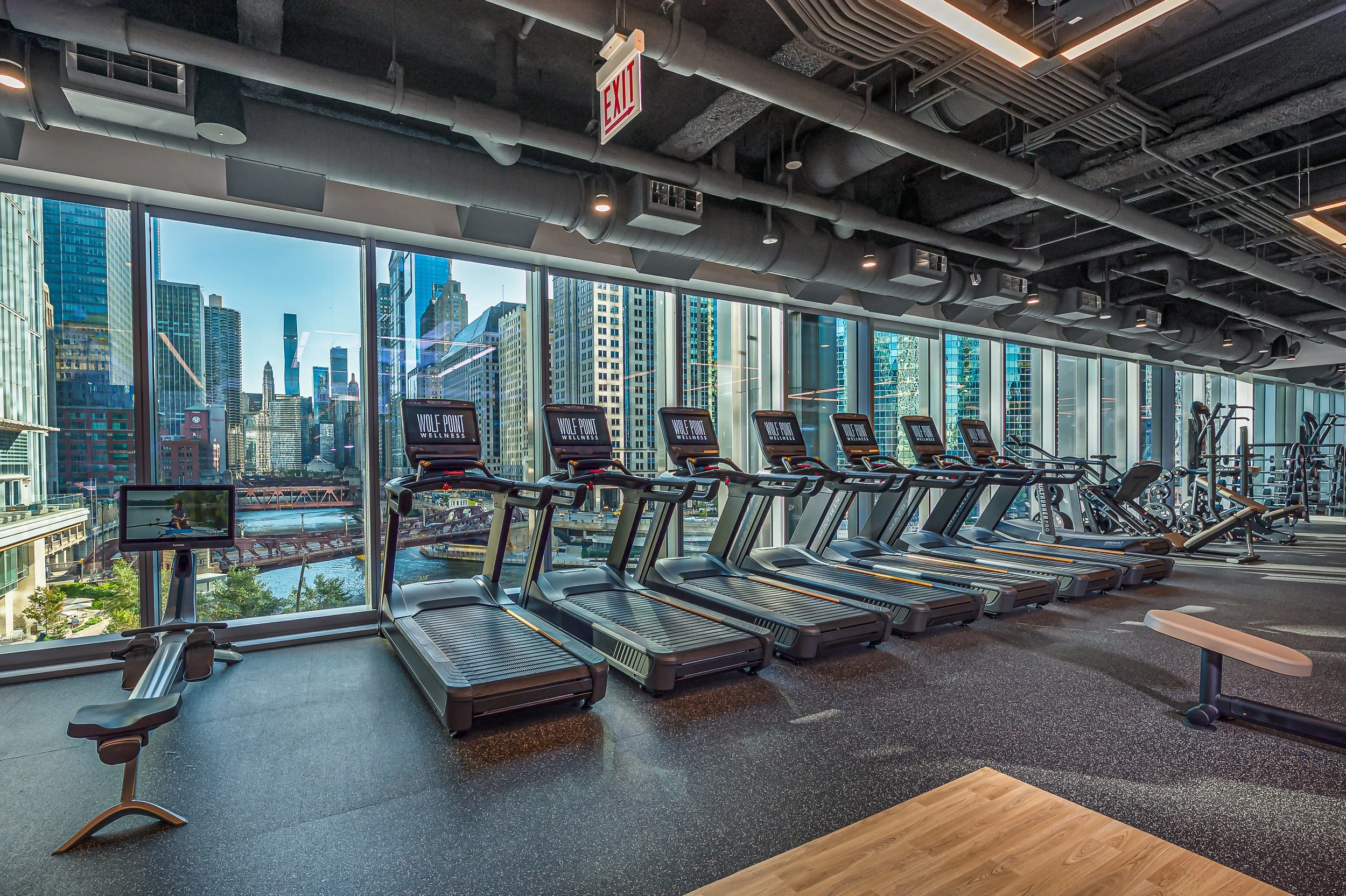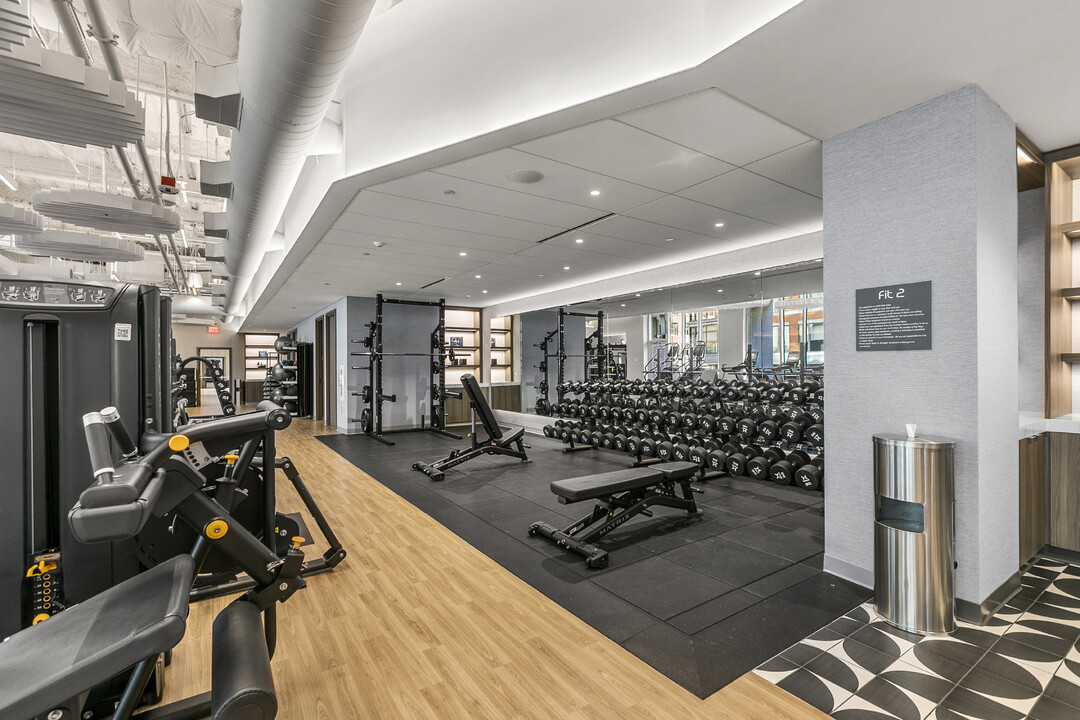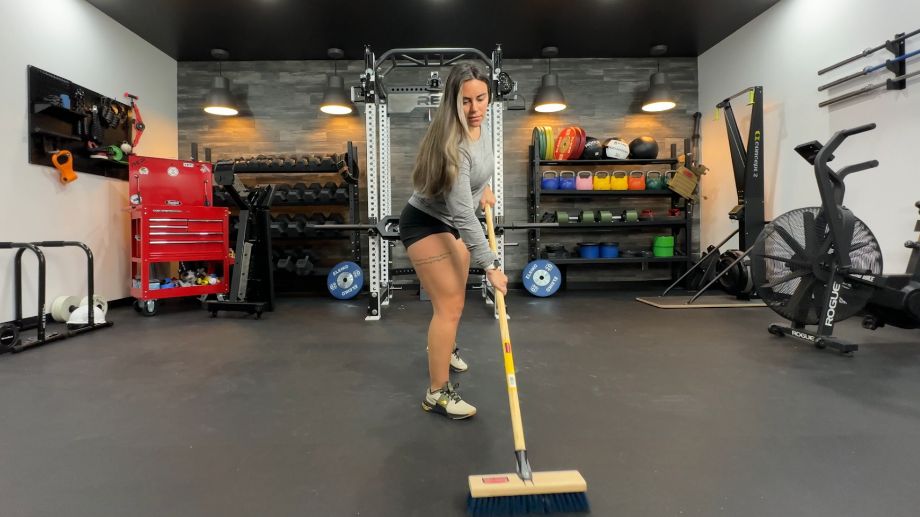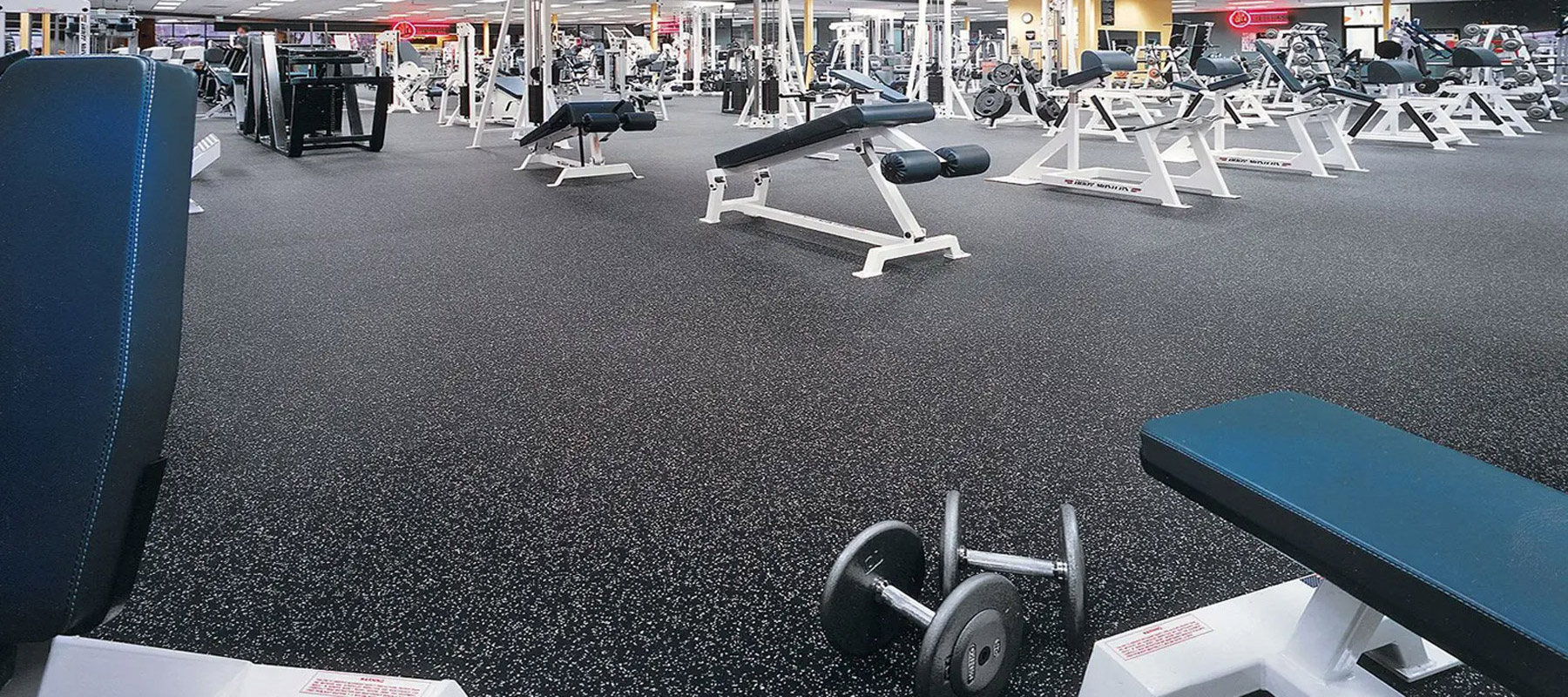Hey there, if you’re knee-deep in planning a gym—whether it’s that dream home setup in your basement or a buzzing commercial spot in the heart of the city—you know the floor isn’t just something to step on. It’s the unsung hero that catches every drop, every deadlift thud, and every burpee bounce. Back in 2018, I remember turning my dusty Delhi garage into a makeshift workout zone. Slapped down some cheap vinyl mats at first, thinking, “How hard can it be?” Spoiler: They buckled under a 20-kilo kettlebell swing, leaving me with a lopsided mess and a bruised ego. That’s when I dove headfirst into the world of proper gym flooring, chatting with local manufacturers and testing rolls that actually held up. Today, with Delhi’s fitness boom, sourcing quality rubber tiles or rolls from right here in the capital feels like striking gold. Let’s unpack why Delhi’s manufacturers are your best bet and how to snag the right setup without the headaches.
What Is Gym Flooring and Why Does It Matter?
Gym flooring isn’t your average tile job—it’s engineered toughness wrapped in smart design, built to handle sweat, slips, and serious impact while keeping your joints happy. Think recycled rubber rolls that absorb a dropped barbell like it’s no big deal, or interlocking tiles that snap together for a seamless lift zone. In a city like Delhi, where gyms pop up faster than monsoon puddles, the right floor means fewer injuries and longer-lasting gear. I once watched a friend skip on proper mats during a CrossFit sesh; one rogue plate drop later, his concrete cracked, and so did his motivation. Quality flooring? It turns chaos into confidence, boosting that endorphin rush without the worry.
The Rise of Gym Flooring Manufacturing in Delhi
Delhi’s not just the political heartbeat of India—it’s pulsing with fitness energy too, and that extends to its manufacturing scene. Over the last decade, as boutique gyms and home setups exploded, local factories stepped up, blending global standards with homegrown grit. From Rohini to Bawana, these hubs churn out everything from EPDM-infused tiles to heavy-duty rolls, exporting to the Middle East and beyond. It’s a far cry from the imported scraps we relied on back in the day. What started as small-scale operations in the ’90s has ballooned into a ₹500-crore industry slice, fueled by eco-conscious materials and post-pandemic health kicks. For buyers, it means competitive prices and quick turnaround—no waiting weeks for a container from overseas.
Types of Gym Flooring Materials Available
Diving into materials feels like picking your workout playlist—some hits hard, others flow smooth. Rubber dominates for its bounce-back vibe, but vinyl sneaks in for style, and foam keeps things light. Each one’s got its sweet spot, depending on if you’re slamming weights or stretching in savasana. In my early garage days, I mixed foam for yoga corners and rubber for lifts; it was clunky at first, but taught me variety’s key to a versatile space.
Rubber Flooring: The Heavyweight Champ
Rubber’s the go-to for most Delhi gyms—tough as old boots, made from recycled tires or virgin compounds. It comes in rolls for big areas or tiles for easy tweaks. Picture this: A 10mm roll under your squat rack, muffling that bar clang like a pro. It’s got that grippy texture even when sweaty, and in Delhi’s humid summers, that’s a lifesaver.
Vinyl and PVC Options: Sleek and Affordable
Vinyl mimics wood or stone but packs gym smarts—waterproof, cushioned, and easy on the wallet. Great for cardio zones where you need traction without the bulk. I swapped vinyl into a client’s aerobics room last year; it transformed the vibe from industrial to inviting, all while holding up to Zumba stomps.
Foam and EVA Mats: Light and Cushy
Foam tiles are the lightweight darlings for home setups or kids’ play-gyms—soft landings for jumps or rolls. EVA foam’s dense enough for light weights but pops apart for storage. Not ideal for deadlifts, though; one heavy drop, and it indents like a bad memory.
Turf and Synthetic Grass: For Functional Training
Turf rolls bring outdoor grit indoors—perfect for sled pushes or agility drills. Polyethylene blades over a rubber base? It’s low-maintenance magic. A buddy in Noida used it for his bootcamp; no more muddy tracks, just endless HIIT without the cleanup.
Pros and Cons of Popular Gym Flooring Choices
No material’s perfect—it’s about matching flaws to your flow. Here’s a quick breakdown to keep your decision sharp. I learned this the hard way: Chose foam for a weight area once, and it compressed like a stress ball. Balance the upsides with the trade-offs, and you’re golden.
| Material | Pros | Cons |
|---|---|---|
| Rubber | Superior shock absorption; slip-resistant; durable for heavy use; eco-friendly options | Higher upfront cost; can smell initially; heavy to install |
| Vinyl/PVC | Affordable; easy clean; versatile designs; good for multi-use | Less cushion for impacts; wears faster under weights; not as grippy when wet |
| Foam/EVA | Budget-friendly; portable; soft for joints | Compresses easily; poor for heavy equipment; attracts dust |
| Turf | Great traction for dynamic moves; low maintenance; adds energy to space | Abrasive on skin; holds moisture if not drained; pricier for quality |
How to Choose the Right Gym Flooring for Your Space
Picking flooring’s like tailoring a suit—measure twice, regret once. Start with your workouts: Deadlifts scream for 15mm rubber, while yoga whispers for cushy vinyl. Factor in space size, budget, and subfloor (concrete’s forgiving, carpet’s tricky). In Delhi’s heat, go moisture-wicking. I always advise sketching a layout first—mark zones for weights, cardio, and chill. Test samples underfoot; that “feel” matters more than specs. Aim for 8-20mm thickness for most, and don’t skimp on installation—pro help avoids bubbles or shifts.
Key Factors: Durability, Safety, and Budget
Durability tops the list—look for rebound ratings over 30% to save your subfloor. Safety? Non-slip coefficients above 0.6 keep slips at bay. Budget-wise, Delhi locals score deals at ₹150-400 per sq ft; factor in longevity to avoid cheap regrets.
Installation Tips for DIY vs. Pro
DIY rolls? Roll out on clean concrete, adhesive edges down—done in a day. Tiles snap like Lego; great for garages. But for seamless jobs, hire pros—₹50-100 per sq ft extra, but zero headaches. My garage redo? DIY tiles saved cash, but pro-sealed edges lasted years longer.
Top Gym Flooring Manufacturers and Exporters in Delhi
Delhi’s factories aren’t just churning widgets—they’re crafting fitness foundations with real expertise. From 30-year vets to innovative upstarts, these players blend quality with local know-how. I’ve toured a few, shaking hands with owners who geek out over EPDM blends like it’s cricket scores. Here’s the cream—reliable, export-savvy, and gym-focused.
- Fab Floorings India: Since 1990, these Rohini-based pros dominate with rubber rolls and tiles in 20+ colors. Exporting to Europe and the US, they’re eco-kings using 80% recycled rubber. Strength? Custom thicknesses up to 50mm for Olympic lifts. A client rave: “Their 12mm tiles turned our startup gym into a pro setup overnight.”
- Gym Mate: Bawana’s rubber roll wizards, offering laminated tiles from 6-50mm thick. Exporters to the Middle East, they shine in anti-static options for tech-heavy gyms. Fun fact: Their factory tour showed me EPDM granules mixed like a science experiment—durable and colorful. Ideal for home gyms; one user said, “Solved my static shocks for good.”
- Ashmita Enterprises: Rohini heavy-hitters for mats, tiles, and carpets. As importers-turned-exporters, they blend global vinyl with local rubber at ₹200/sq ft. Their gym carpets? Plush yet tough for entry lobbies. I fitted their hybrid rolls in a Gurgaon studio—clients loved the no-slip vibe during monsoon classes.
- Amazing Floors: Pushing EPDM innovation, these folks craft tiles and rolls for badminton courts too. Exporting nationwide and abroad, their 10-25mm options scream value. A light-hearted win: Their colored flecks hid scuffs from a rowdy bootcamp—parents didn’t notice a thing.
- Gymtex Flooring: 30-year Delhi legacy in export-grade mats. From Mundka, they specialize in non-toxic, eco rolls for 15+ states. Their open-gym series? Perfect for parks. Chatted with a rep once—turns out, their tiles saved a home gym from a leaky roof mishap.
- Floorkraft: Mundka’s all-rounders for gymnasium setups, with installation services bundled. Exporters of Bioflex rubber, they’re nominal-cost kings at ₹150/sq ft. Pros: Seamless sports flooring that bounces back like new. A funny aside: Installed for a wedding gym demo—guests thought it was dance floor magic.
Comparison: Tiles vs. Rolls vs. Mats
Tiles, rolls, mats—each has its groove. Tiles for modularity, rolls for seamlessness, mats for spot protection. In Delhi’s variable spaces, mix ’em: Rolls for main floors, mats under racks. Here’s a head-to-head to cut the guesswork.
| Feature | Tiles (Interlocking) | Rolls | Mats |
|---|---|---|---|
| Installation Ease | DIY snap-together; no glue | Pro-adhesive; seamless but heavy | Portable; drop and go |
| Cost per Sq Ft (Delhi Avg) | ₹200-300 | ₹150-250 | ₹100-200 |
| Best For | Home gyms, uneven subs | Commercial, large areas | Equipment zones, temp setups |
| Durability | High; easy replace | Ultra; full coverage | Good; targeted protection |
| Maintenance | Spot clean; liftable | Sweep/mop; no edges | Hose off; stackable |
Tiles win for flexibility—my garage swap was a breeze. Rolls? Pro-level polish. Mats save for starters.
Where to Buy Gym Flooring in Delhi: Navigational Guide
Hunting spots? Skip the malls—head to industrial belts like Bawana or Rohini for factory-direct deals. Online? IndiaMart lists verified sellers with quotes. For exports, Fab’s site ships globally. Pro tip: Visit during off-peak; snag samples and haggle like it’s Chandni Chowk. I scored 20% off at Gymtex by showing up post-lunch—owners love a chatty buyer.
Best Tools and Tips for Buying and Installing Gym Flooring
Transactional smarts: Budget ₹10,000-50,000 for 100 sq ft, depending on spec. Tools? Utility knife for cuts, adhesive roller for rolls, level for flats. Start with subfloor prep—sweep, prime if damp. For exports, check FOB Delhi rates; add 18% GST. My toolkit hack: Rubber mallet for tile taps—gentle thuds, no slips.
Pros and Cons Lists for Buyers
Rubber Rolls Pros: Seamless protection; sound-dampening; long-life (10+ years).
Cons: Installation heft; initial off-gassing.
Tiles Pros: Modular fixes; DIY joy; color pops.
Cons: Seams catch dirt; pricier per unit.
Mats Pros: Budget entry; portable wins.
Cons: Gaps invite trips; less aesthetic.
People Also Ask (PAA)
Pulled straight from Google chats—these are the real head-scratchers folks type in.
What is the best gym flooring material?
Rubber edges out for its impact absorption and grip, especially in high-traffic Delhi gyms. For lighter use, vinyl’s sleek and cheap. Depends on your lifts—test it out.
How much does gym flooring cost in India?
₹150-400 per sq ft installed. Rolls save bucks for big spaces; tiles add for custom. Factor shipping if exporting—Delhi hubs keep it under 20% markup.
Is rubber flooring good for gyms?
Absolutely—cushions joints, quiets drops, and resists slips. Eco versions from local makers like Fab use recycled bits, lasting 8-15 years without fading.
What thickness of rubber flooring for gym?
8-12mm for cardio/home; 15-25mm for weights. Thicker means better bounce, but check your subfloor—too much on carpet sinks it.
Can I install gym flooring myself?
Tiles? Yes, puzzle-easy. Rolls? Maybe, with help—heavy lifting’s a two-person gig. Mats are no-brainer. Watch YouTube for Delhi-specific humidity tips.
FAQ: Real User Questions Answered
Got queries from forum dives and client calls—here’s the straight talk.
Q: What’s the difference between EPDM and SBR rubber for gym floors?
A: EPDM’s colorful, UV-stable for outdoors; SBR’s black, budget-tough for indoors. Both absorb shocks, but EPDM from Amazing Floors wins for vibrant gyms.
Q: How do I clean gym flooring without damaging it?
A: Mild soap and water— no harsh chems. For rubber, sweep daily; vinyl mops up sweat easy. My routine: Vinegar spray for that fresh Delhi-air feel.
Q: Are there eco-friendly gym flooring options in Delhi?
A: Yep—Fab and Gymtex use 70% recycled rubber. Low VOC, no toxins; export-grade green. Bonus: Reduces landfill waste while flooring your fitness quest.
Q: Can I use gym flooring over existing tiles?
A: Sure, if level—rubber tiles grip fine. Prep with primer for adhesion. Did it over old ceramic once; held like glue through monsoons.
Q: What’s the warranty on Delhi-manufactured gym floors?
A: 5-10 years typical—Fab offers lifetime on defects. Check for UV fade clauses if sunny spots. Peace of mind? Priceless for busy owners.
Wrapping this up, snagging gym flooring from Delhi’s manufacturers isn’t just smart—it’s a vibe upgrade. From my garage fumbles to pro installs, it’s clear: Invest right, and your space becomes a sanctuary. Ready to roll? Hit up Fab or Gym Mate—tell ’em I sent you for that insider nod. What’s your next move—tiles or turf? Drop a line; let’s chat sweat-proof setups.
